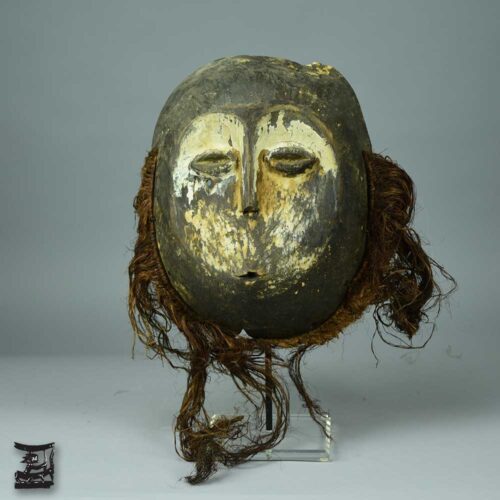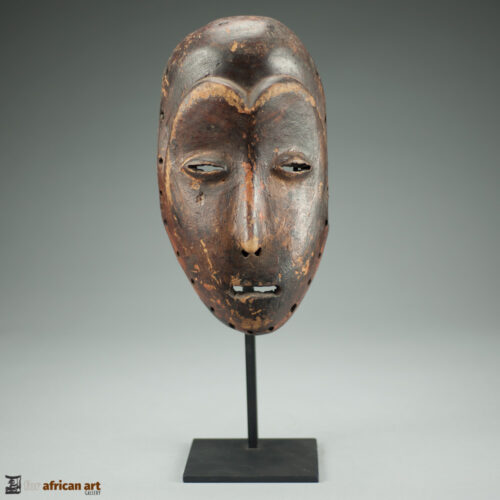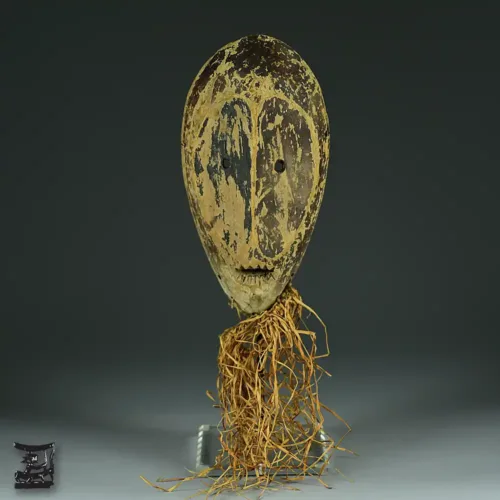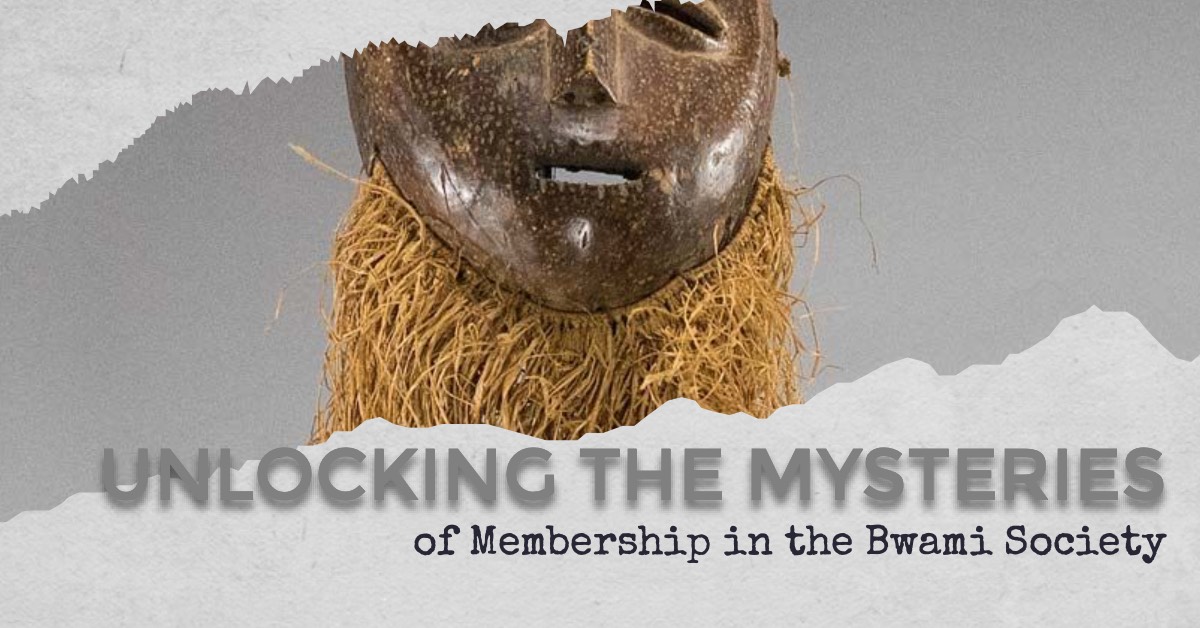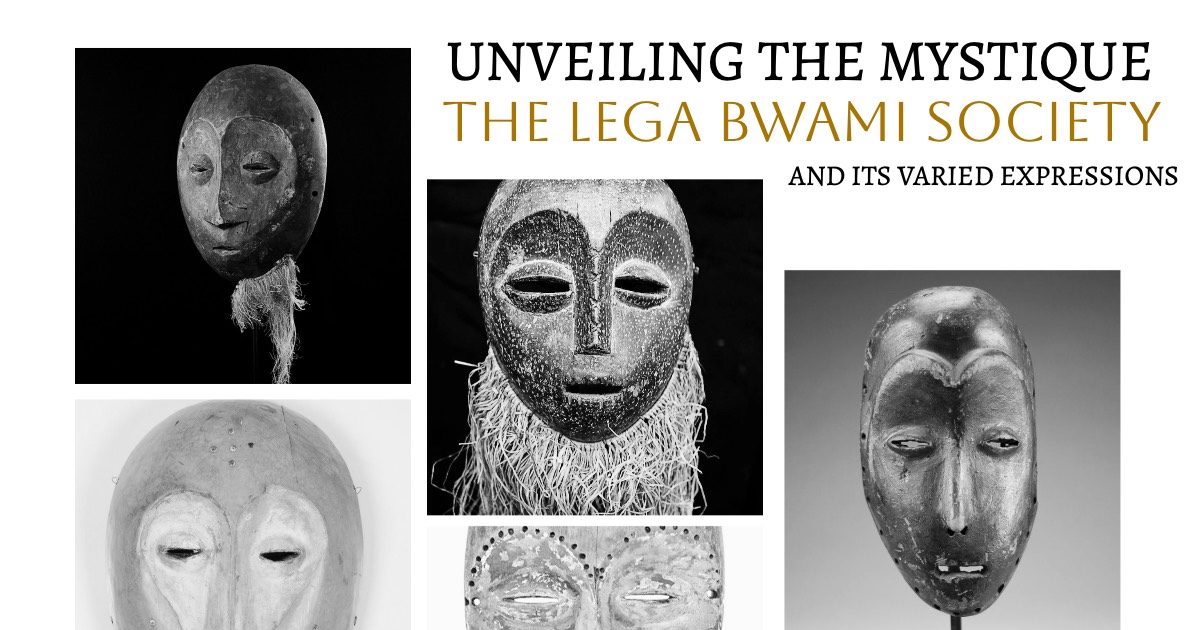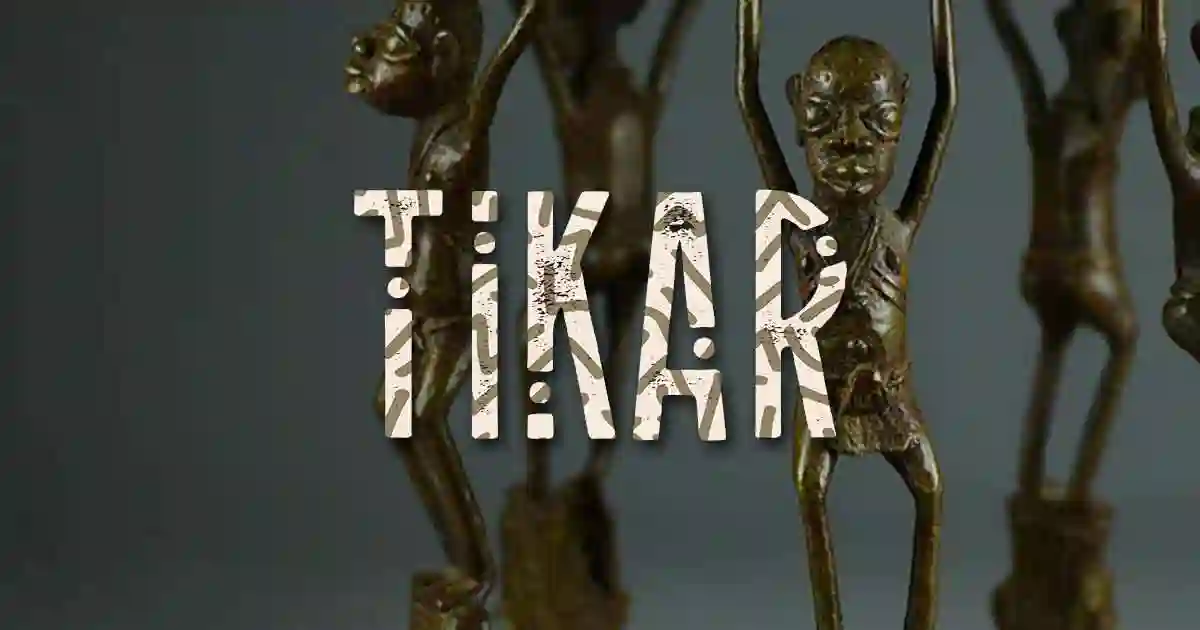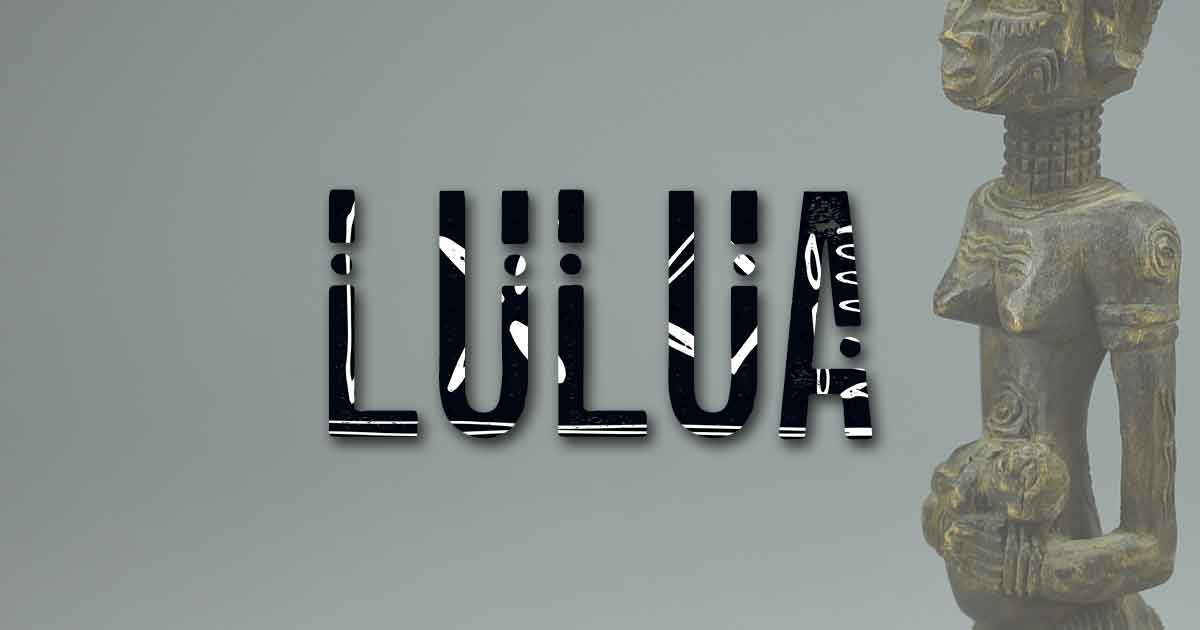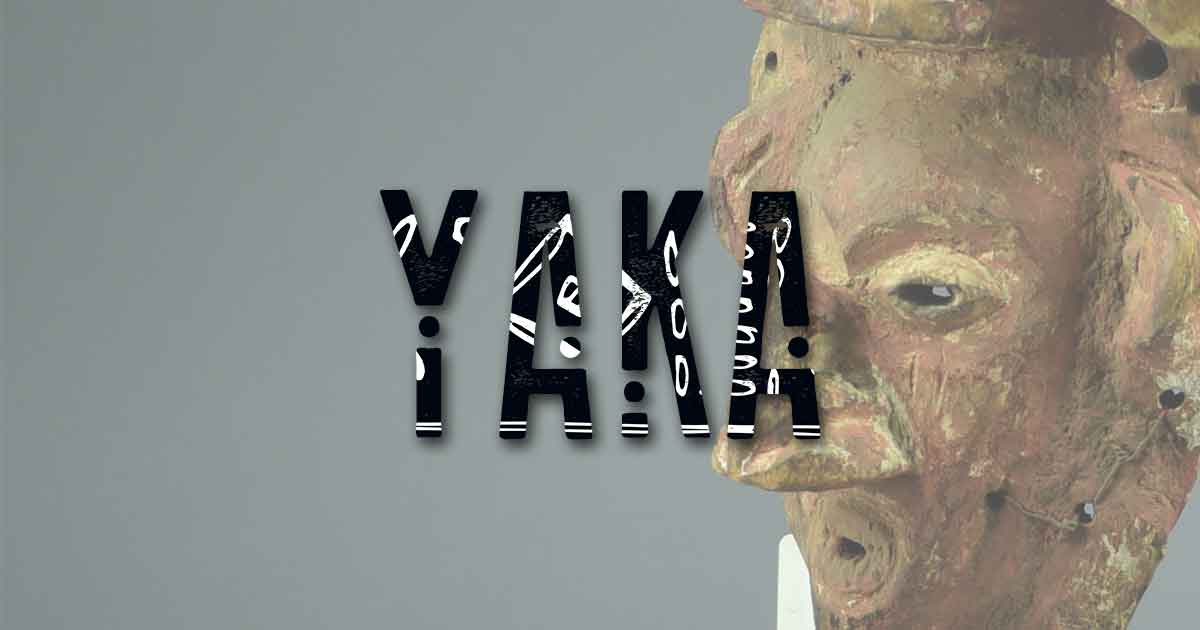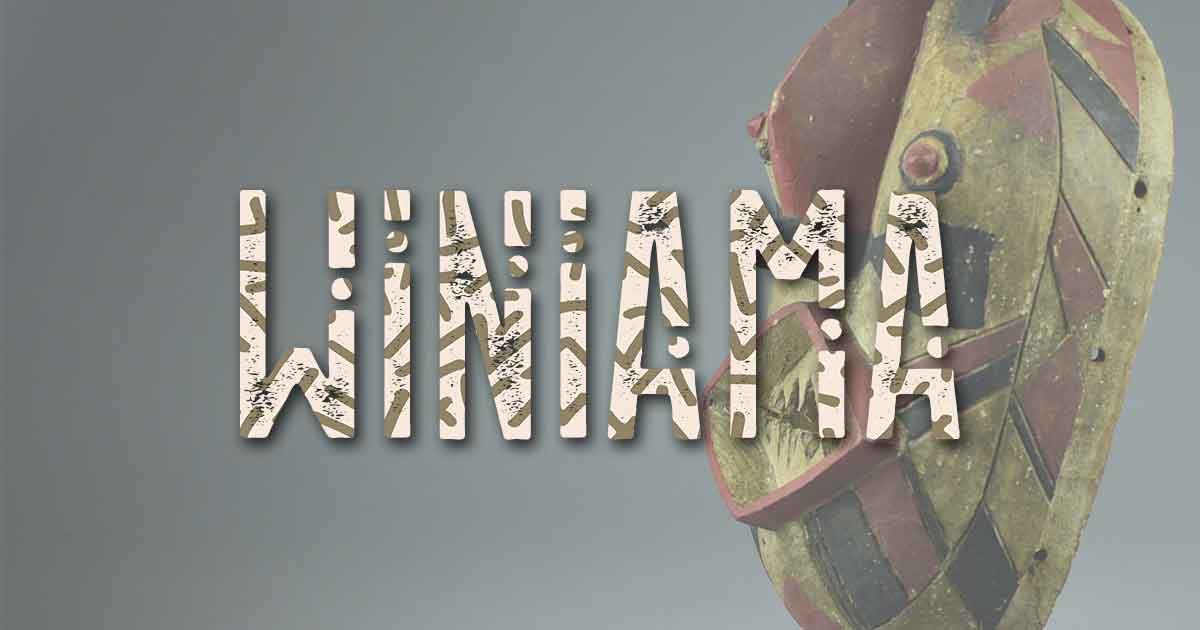Lega People
Lega People
The Lega People: Exploring their Unique Art, History, and Culture
The Lega people are an ethnic group located in the Southeast Democratic Republic of Congo known for their unique and stunning art form and heritage. Their pieces of art have been highly valued by collectors worldwide. Lega culture is rich and fascinating and has been passed down through generations. In this post, we will delve into the Lega people’s ancient history, traditional art, and cultural practices. This post will take you through a comprehensive understanding of the Lega and their cultural heritage.
History of the Lega People
The Lega people are believed to have originated from present-day Uganda and according to their oral tradition, they migrated southward until they settled in their present-day location on the edge of a densely forested area, where they still live today. The early Lega were hunters and gatherers. Later, they became farmers and traders who participated in ivory trading. The Lega people’s injury or death incurred during ivory trade was a prevalent occurrence and thought of as a sacrifice to the spirits. Their social and political organization was based on an age-grade society, where the system was organized into five or six main age grades, each with its unique initiation rituals.
Art of the Lega People
Lega people have a unique style of carving, emphasizing geometric shapes that depict their social and religious values. Lega art pieces primarily take the form of masks, figures, and canoes. The masks were used during ritual ceremonies, such as the Bwami Society, which was a culture-based social organization for men and women who recognize those who hold significant cultural knowledge. Lega sculptures were also adorned with beads and cloth that define the age grades and societal ranking. Lega art is distinctive due to its use of white pigments, representing the spirit, and black dye, representing the earth. The most common Lega art piece used in initiation ceremonies is the ‘idimu,’ which depicted the interplay between nature and culture
Culture of the Lega
The Lega people are renowned for their Bwami Society cultural practices which were an integral part of their community. The Bwami society was responsible for inculcating social norms in young men and women to be good neighbors and live responsibly. The practices included initiation ceremonies and the passing of knowledge from one generation to the next. They also believed in Veneration for ancestors with whom they would consult before making important decisions.
Music and Dance of the Lega
The Lega people have a rich music and dance culture. The music and dance culture play a significant role in their traditions and rituals. The Lega music and dance are characterized by intricate rhythms and group dances. The music is mainly instrumental, and the primary instruments used are the xylophone, ngoma, and kente.
In conclusion, the Lega people of Southeast Congo have a rich cultural heritage that has been passed down through generations. Their unique style of art is highly valuable in the African art world used in various rituals and decision-making processes. The Lega people had their unique initiation practices that instilled the ideals of good neighbors and living responsibly into young people. Their music and dance culture is characterized by intricate rhythms and group dances. The rich culture and art of the Lega are an essential part of African history and should be preserved. Suppose you are an African art collector seeking varied art forms with unique cultural richness. In that case, the Lega art is definitely worth exploring.
Related Lega Posts
In the heart of several groups in the Democratic Republic of Congo and to some extent in the surrounding .....
For African art collectors, delving into the complex tapestry of the Lega Bwami Society is akin to embarking .....
Get updates about our new items, news and information.
We will process the personal data you have supplied in accordance with our privacy policy.


